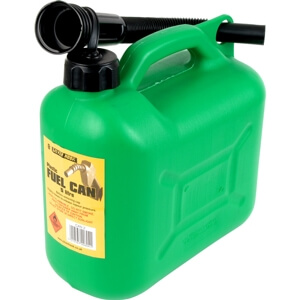Petrol COSHH Assessment Form

A pre-filled COSHH Assessment Form for Petrol, with some example text reading:
Spillage and environmental:
Mobility: Store upright and ensure the container is tightly closed. Store in a segregated and approved area. Keep the container in a cool, well-ventilated area. Keep the container tightly closed and sealed until ready for use. Avoid all possible sources of ignition (spark or flame). Store and use only in equipment/containers designed for use with this product. Do not remove warning labels from containers. Ensure lighting and electrical equipment are not a source of ignition.
Accidental release: Do not discharge into drains or rivers. Contain the spillage using bunding, then absorb it into dry earth or sand. Transfer to a closable, labelled salvage container for disposal by an appropriate method. Do not use equipment in the clean-up procedure that may produce sparks.
- Recognised by local authorities
- Recognised by principal contractors
- Suitable for CDM sites
- Approved by H&S managers
If you want others to have confidence in your company, download and buy the proper documents today.
Once you buy and download this document, it's yours for life to use repeatedly.
Why not browse the HSEDocs catalogue of method statements, risk assessments, COSHH assessments, or industry-specific packages?
And for safety training relevant to your job, visit our online training courses.
GET THIS DOCUMENT
£8.99+VAT
- Available in Word™
- Fully customisable
- Add your Company Logo
- UK & EU Compliant

 CART
CART 